QOTD: Is the VW Taos a Worthy Successor to the Mk7 Golf?

Volkswagen has announced pricing for the 2022 Taos subcompact crossover, dialing things in at $24,190 for the base, front-wheel-drive version. The sum syncs up perfectly with the Golf hatchback the vehicle will effectively be replacing on the North American market (GTI excluded) and leaves us with some nagging questions about VW’s overall plan. Volkswagen is effectively killing off the Golf so Taos can have an uninterrupted moment under the spotlight, but it’s making the brand lineup look conspicuously redundant.
With Taos models priced so close to the Tiguan, there’s going to be loads of overlap on everything that isn’t the base model S trim. The larger crossover starts at $26,440 (including destination) and automatically comes with more interior volume and a beefier powertrain, though neither vehicle could be considered quick.
The Golf Alltrack seemed the ideal compromise between Golf and Tiguan. But VW decided to strip it from the U.S. market because it wasn’t not getting the kind of love the manufacturer felt it deserved. Truth be told, overall Golf sales took a turn for the worse in 2018 — likely influencing some of the automaker’s decisions. But crossovers won’t be a cash cow forever and we’re not certain if the Taos is actually an upgrade from what’s inarguably the most famous hatchback in automotive history.
It’s not like the Golf hasn’t seen its share of ups and downs over the years, either. Sales were abysmal in the years leading up to the Great Recession and there are certain incarnations of the model (e.g. Mk4 GTI) that just about everyone agreed were duds. But it has always persevered to prove that the simplest concepts are sometimes the best.
The current generation Golf (Mk7 in the U.S.) has 4-doors, a hatchback, and uses a turbocharged DOHC 16-valve 1.4-liter making about 147 horsepower with 184 lb-ft of torque to spin the front tires. Meanwhile, the Taos has 4-doors, a hatchback, and uses a turbocharged DOHC 16-valve 1.5-liter making about 158 horsepower with 154 lb-ft of torque to spin the front tires. The Taos is larger (175.8″ x 72.5″ x 64.4″) and more portly, making it the slower model. In exchange, the crossover is supposed to offer more interior volume and come with all the modern tech inclusions we would have already gotten if Volkswagen hadn’t forbidden the Golf Mk8 from coming here.
Of course, the Taos isn’t new either. It’s effectively going to be a massaged version of the Volkswagen Tharu, which is already sold in China, when it arrives in the U.S. this summer.
Most buyers will probably upgrade the Taos with things like all-wheel drive — tacking on an additional $1,450 to $2,050, depending on trim. Available features include the IQ Drive driver assistance suite, panoramic sunroof, 18 and 19-inch wheels, adaptive front lighting, a MIB3 infotainment system with wireless App-Connect, heated and ventilated seats, ambient lighting, and a BeatsAudio sound system.
But no amount of box-checking will ever get them a larger engine or more interior volume, making the Tiguan appear the more sensible option. A fully loaded VW Taos SEL starts above $35,000. For the same price, customers could buy its bigger brother in the same trim level — which comes with a panoramic sunroof, remote start, a power liftgate, and larger 18-inch wheels — and afford to outfit it with 4Motion all-wheel drive. The Tiguan also provides customers with the option of having a third row of seats and defaults to 184 horsepower in a segment loaded with equally slow and bland-to-drive crossovers.
But maybe there’s something I’m missing. We’ve not seen the Taos in all of its glory yet and it could turn out to be much more than a rebranded Chinese model that’s also assembled in Russia, Argentina, and Mexico.
What say you? Has my pro-hatchback bias run amok? Is the upcoming Volkswagen Taos a worthy successor to the Mk7 Golf or are we just getting the rest of the world’s leftovers? Will that even matter in terms of U.S. sales?
[Images: Volkswagen]

A staunch consumer advocate tracking industry trends and regulation. Before joining TTAC, Matt spent a decade working for marketing and research firms based in NYC. Clients included several of the world’s largest automakers, global tire brands, and aftermarket part suppliers. Dissatisfied with the corporate world and resentful of having to wear suits everyday, he pivoted to writing about cars. Since then, that man has become an ardent supporter of the right-to-repair movement, been interviewed on the auto industry by national radio broadcasts, driven more rental cars than anyone ever should, participated in amateur rallying events, and received the requisite minimum training as sanctioned by the SCCA. Handy with a wrench, Matt grew up surrounded by Detroit auto workers and managed to get a pizza delivery job before he was legally eligible. He later found himself driving box trucks through Manhattan, guaranteeing future sympathy for actual truckers. He continues to conduct research pertaining to the automotive sector as an independent contractor and has since moved back to his native Michigan, closer to where the cars are born. A contrarian, Matt claims to prefer understeer — stating that front and all-wheel drive vehicles cater best to his driving style.
More by Matt Posky
Latest Car Reviews
Read moreLatest Product Reviews
Read moreRecent Comments
- Kwik_Shift_Pro4X I fell asleep looking at that image.
- Verbal Rented a Malibu a while back. It was fine, if a bit gutless.I get that Detroit wants to go all-in on high profit margin SUVs and blinged-out MAGA trucks. Everyone has known for decades that they can't compete on price in the affordable sedan space. So now all of Detroit's sedans are gone except for a couple of Cadillac models.But you'd think that just one of the domestic brands could produce a fun, competitive and affordable sedan. Just one? Please? Anyone? Bueller?
- 3-On-The-Tree I wouldn’t even use Ford as a hearse for fear of being late to my party.
- SCE to AUX Norway is in Europe, and Tesla is an American automaker - no problems there.I wouldn't use Ford as the bellwether.https://www.reuters.com/business/autos-transportation/tesla-extends-lead-norway-evs-take-record-82-market-share-2024-01-02/https://elbil.no/english/norwegian-ev-policy/
- Steve Biro If the U.S. government wants to talk about banning all connected cars - or at least the collection and sharing of information from said vehicles - I’m all ears. Otherwise, don’t waste my time.



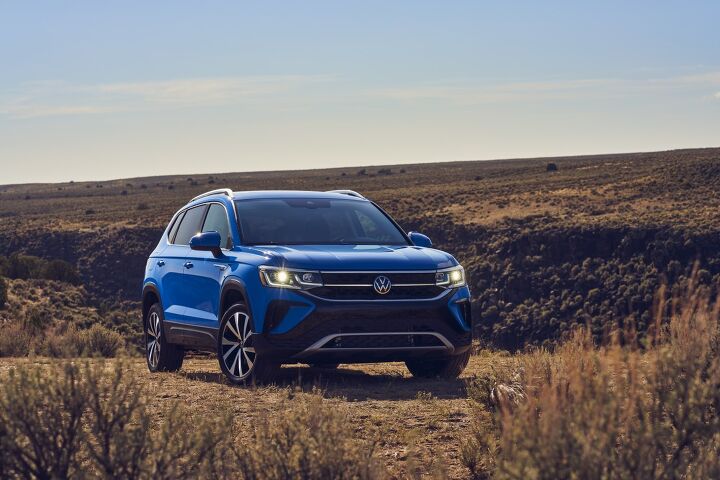




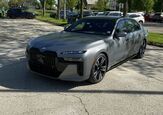











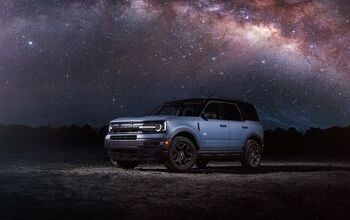
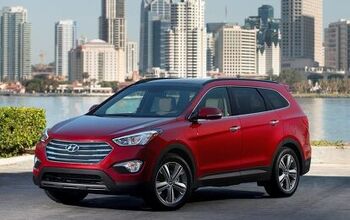
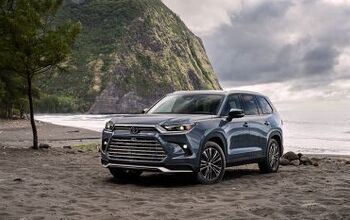
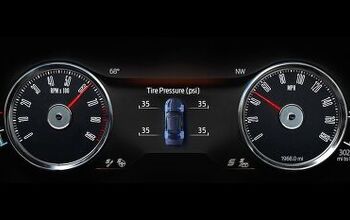
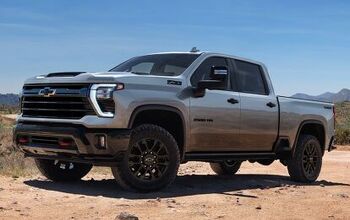

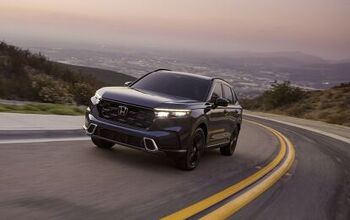

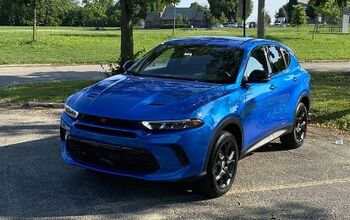
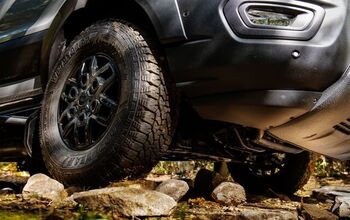


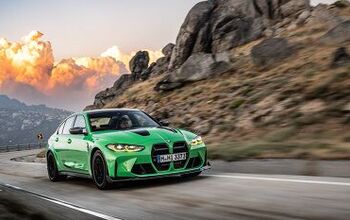

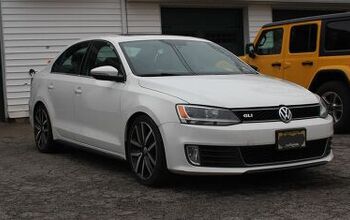

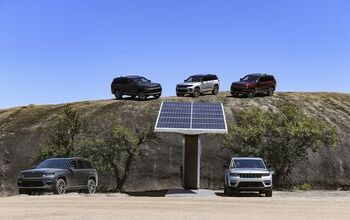

Comments
Join the conversation
I have an Alltrack. I have no interest in the Taos. The Alltrack is a wagon with a manual transmission - things that make it unique. The Taos is like the other million CUVs out there - but less reliable. If I want the best handling CUV I'd buy a Mazda - and have reliability.
With cars moving to a form factor not especially condusive to handling and increased autonomy insulating the driver not only from the road but the process of driving, how long util we start getting cars that ride like a 70's Buick? I know if I am in something that doesn't focus on the driving experience I'd just assume it have a soft suspension and some pillowtop seats. Maybe the world is ready for the return of the Brougham after all.